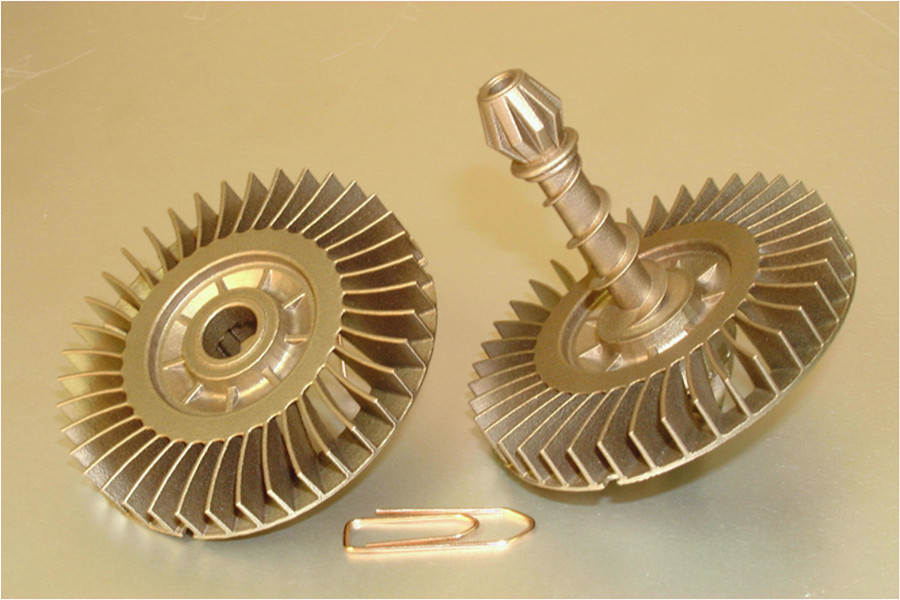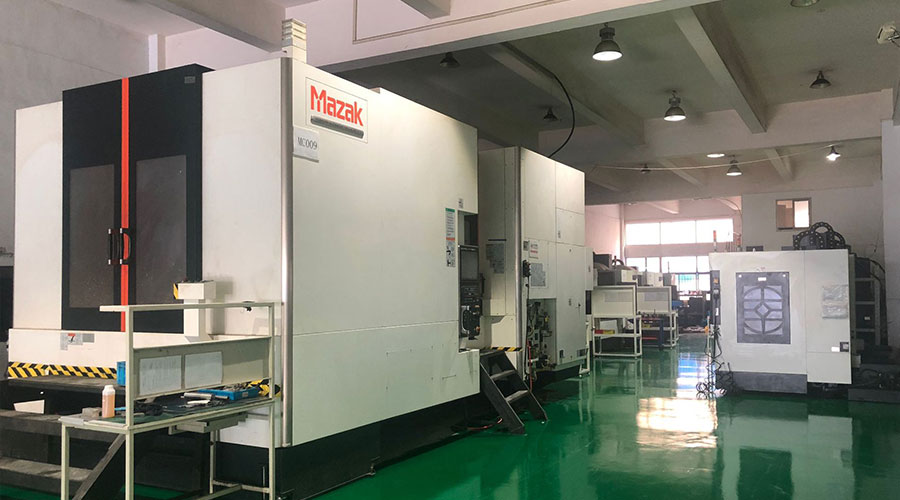Laser powder bed fusion (Laser powder bed fusion) is currently the most widely used metal additive manufacturing process. Under the control of computer-aided design and drawing software, it can melt metal powder through high-power density lasers.
Although LPBF has excellent manufacturing The ability to make parts with complex geometries, but the porosity of the parts is still the fatal weakness of the process. The formation of “keyholes” (steam recesses) during the manufacturing process will lead to porosity, thereby reducing the properties of the alloy, especially the fracture properties. It will also greatly reduce the corrosion resistance and fatigue resistance of the parts.

For this reason, Assistant Professor Zhao Cang of Tsinghua University, Anthony D.Rollett of Carnegie Mellon University, and Tao Sun of the University of Virginia used high-speed X-ray imaging technology to study in detail the keyhole caused by the titanium alloy (Ti-6Al-4V). The formation process of the pore structure. The experimental results found that:
1.The keyhole pore in the P-V space has a sharp and smooth boundary morphology, and it does not change much between the light plate and the powder bed.
2.The keyhole in the critical instability state generates sound waves in the melt pool, providing additional and important driving force for the air hole near the tip of the keyhole, keeping it away from the keyhole and becoming a defect.
3.The formation of small spherical pores may be due to the existence of powder or metastable melting conditions.
First, let’s take a look at this “keyhole”
Under high-power, low-scanning speed laser melting conditions, the strong back-punching produced by rapid metal evaporation pushes the surrounding molten liquid downwards, resulting in deep and narrow cavities called keyholes (keyholes). Inside the keyhole, the laser The beam undergoes multiple reflections, which greatly enhances laser absorption and improves energy conversion efficiency. However, under certain laser conditions, the keyhole wall continuously fluctuates and collapses. This process is usually attributed to thermal capillary force, The complex interaction of Marangoni convection, recoil pressure and gas plasma generation. The instability of this keyhole will produce pores, and if they are fixed at the solidification front, these pores will become harmful structural defects.
The keyhole pore boundary and the role of powder in laser melting. (A) PV space, the light green shaded area represents the stable melting system (composed of stable keyhole, transition and conduction systems) and the light yellow area represents the keyhole Porosity system. The lavender shaded area and blue arrow indicate the degree of instability and porosity increased by adding powder. (B) X-ray image at a constant P=382 W and different scanning speeds. The top is powder Bed sample. Below is the light board sample.
The power-velocity (PV) space map can correlate product quality (density or porosity) with process parameters (section line spacing), and is an effective tool for LPBF users. However, there are defects in the physical basis of PV space, that is, using the “key” Is it accurate and repeatable for the “pore boundary” to separate the processing conditions for producing dense parts from the processing conditions for parts with voids. The spatial scale of keyhole formation is sub-nanosecond time resolution, micron spatial resolution and megahertz The frame rate is highly consistent with the scale range of high-speed X-ray imaging. The team used high-speed X-ray imaging to quantitatively outline the boundary of the keyhole pore, clarify the powder effect, and reveal the basic source of the keyhole and its initial movement in the LPBF process. The defective part in the P-V space.
The scaling and fluctuation of the keyhole on the pore boundary. (A) and (B) Keyhole depth (C) Keyhole depth in P-V space (D) Scan speed and (E) Laser power versus keyhole depth Relative fluctuation function (F) Relative fluctuation of keyhole depth in P-V space (G) Function relationship between keyhole depth and energy density E (H) Front keyhole wall length (I) Keyhole depth as a function of tanθ
The formation and movement of the keyhole driven by sound waves caused by the instability of the keyhole. (A) X-ray image of the formation of the keyhole (B) X-ray image of the uneven rupture of the pore under the action of the microjet (C, D) ) Pore outline and micro-jet schematic diagram (E) Keyhole depth over time (F) Equivalent pore diameter estimated from C diagram (G) Pore distance (H) NKB formation (I) Porosity caused by acoustic waves generated by NKB X-ray images of initial movement (J) and (K) keyhole collapse, restoration and movement
This research not only provides a more rigorous basis for predicting the process window, but also explains the vagueness of the pore formation mechanism in the literature on LPBF, which is of great significance to avoid high porosity and build high-quality metal parts.
Link to this article: The cause of deadly blowholes in metal 3D printing has been found!
Reprint Statement: If there are no special instructions, all articles on this site are original. Please indicate the source for reprinting:https://www.cncmachiningptj.com/,thanks!
 PTJ® provides a full range of Custom Precision cnc machining china services.ISO 9001:2015 &AS-9100 certified. Large scale machining Manufacturer of medical bags, providing 3D design, prototype and global delivery services. Also offering hard cases, semi-hard EVA, soft-sewn cases, pouches and more for OEMs. All cases are made custom according to specifications with infinite combinations of materials, molds, pockets, loops, zippers, handles, logos and accessories. Shockproof, water-resistant and eco-friendly options. Medical parts, emergency response, Electronic parts, corporate, education, military, security, sports, outdoors and construction industries. Services include case concept consultation, 3D design, prototyping,rototyping,CNC Drilling Services and manufacturing.Tell us a little about your project’s budget and expected delivery time. We will strategize with you to provide the most cost-effective services to help you reach your target,You are welcome to contact us directly ( [email protected] ) .
PTJ® provides a full range of Custom Precision cnc machining china services.ISO 9001:2015 &AS-9100 certified. Large scale machining Manufacturer of medical bags, providing 3D design, prototype and global delivery services. Also offering hard cases, semi-hard EVA, soft-sewn cases, pouches and more for OEMs. All cases are made custom according to specifications with infinite combinations of materials, molds, pockets, loops, zippers, handles, logos and accessories. Shockproof, water-resistant and eco-friendly options. Medical parts, emergency response, Electronic parts, corporate, education, military, security, sports, outdoors and construction industries. Services include case concept consultation, 3D design, prototyping,rototyping,CNC Drilling Services and manufacturing.Tell us a little about your project’s budget and expected delivery time. We will strategize with you to provide the most cost-effective services to help you reach your target,You are welcome to contact us directly ( [email protected] ) .
Link to this article:The cause of deadly blowholes in metal 3D printing has been found!
Reprint Statement: If there are no special instructions, all articles on this site are original. Please indicate the source for reprinting.:Cut Wiki,Thanks!^^
